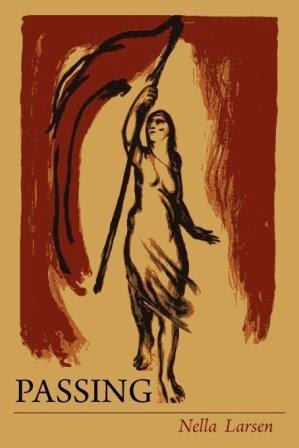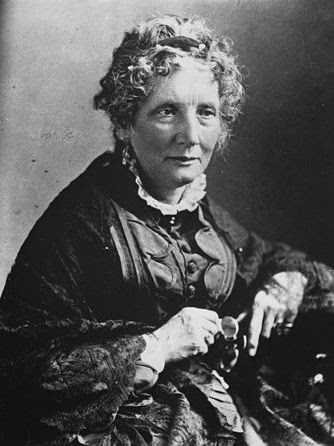These days I’m no big fan of crime fiction although the books of Agatha Christie were my gate to the world of original English versions. Later on I lost my taste for murder, kidnappings and the like. They use to remind me too much of criminal law which I thoroughly disliked throughout my law studies. However, every once in a while I still take pleasure in watching a murder mystery, preferably an old one. Today I’m in the mood for writing about one of those legendary films:
Murder on the Orient Express based on the
crime novel of the same title by
Agatha Christie.
The film
Murder on the Orient Express directed by
Sydney Lumet came out late in 1974, forty years after the book had been released and little more than a year before Dame Agatha Christie died at Winterbrook House, U.K., aged 85. As it seems, it was one of few screen adaptations of her stories that she sort of appreciated although she is reported to have complained about Hercule Poirot’s moustache that wasn’t as fine as she had described it. The film was a big success. It was nominated for several Oscars, but only Ingrid Bergman was awarded one as Best Supporting Actress.
The story of
Murder on the Orient Express is set in the 1930s, when travellers still took the prestigious train to get from Istanbul to Western Europe although plane flights already began to be quite popular at the time. The film starts with a flashback on past events: the kidnapping and murder of a baby that Agatha Christie clearly modelled after the
Charles Lindbergh case in the USA filling the newspapers from 1932 on. Then the real plot sets off. At Istanbul main station travellers board the Orient Express, among them Hercule Poirot (played by
Albert Finney). When Poirot talks to his friend Bianchi (played by
Martin Balsam), who is a director of the company operating the train line, he learns that all first-class sleeping-berths are booked out although winter uses to be the slow season. Later Poirot is addressed by Mr. Ratchet (played by
Richard Widmark), a wealthy businessman from the USA, because he received death threats and would like the famous Belgian detective to find the culpable. The case doesn’t tempt him at all and he refuses. During the following night a cry rouses Hercule Poirot from sleep. He hears muffled voices and steps in the corridor, but when he gets up to have a look everything is quiet. Only in the morning he learns that Mr. Ratchet has been killed in his sleep. As luck would have it, during the night the train was snowbound somewhere on the Balkans in the middle of nowhere and Bianchi asks Hercule Poirot to help him solve the crime.
Dr. Constantine (played by
George Coulouris), a Greek medical doctor and acquaintance of Bianchi, examines the corpse and confirms what Hercule Poirot expected, namely that Mr. Ratchet was stabbed several times. He counts twelve wounds, some of them slight, others mortal. The circle of suspects can quickly be reduced to the travellers on the first-class coach and the French conductor, Pierre-Paul Michel (played by
Jean-Pierre Cassel), who helps in the investigation. Hercule Poirot begins a series of interrogations and cross-examinations of the travellers. There are the victim’s employees, the secretary and translator Hector McQueen (played by
Anthony Perkins) and the English valet Edward Henry Beddoes (played by
Sir John Gielgud). The other travellers are the widowed American socialite Harriet Belinda Hubbard (played by
Lauren Becall), the Swedish missionary Greta Ohlsson (played by
Ingrid Bergman), the Hungarian diplomat Count Rudolf Andrenyi (played by
Michael York) and his wife Elena (played by
Jacqueline Bisset), the elderly Russian Princess Natalia Dragomiroff (played by
Wendy Hiller) and her Germen personal maid Hildegard Schmidt (played by
Rachel Roberts), Colonel Aruthnott (played by
Sean Connery) from the British Indian Army, the English teacher Mary Debenham (played by
Vanessa Redgrave), the Italian American car salesman Antonio Foscarelli (played by
Denis Quilley), and the talent agent Cyros B. Hardman (played by
Colin Blakely). None of them seems to have had any connection with the victim, not to mention a motive for murder, but Hercule Poirot looks beneath the surface and draws the right as well as startling conclusions.
I won’t disclose anything else because I don’t want to spoil the pleasure of those who don’t know
Murder on the Orient Express, yet. Whenever I watch this film, I enjoy it – and not just because the cast list looks like the 1970s' Who's Who of cinema.
For those who prefer reading:









